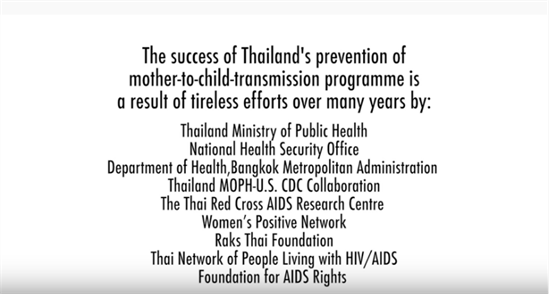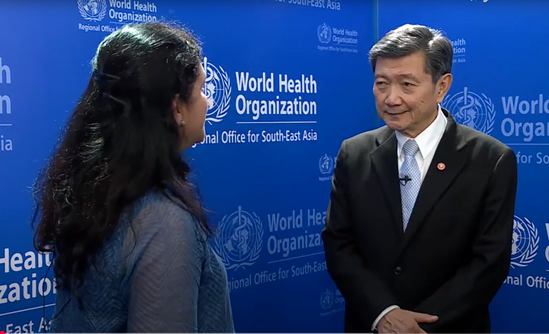/teams/family-health/maternal-reproductive-health/a-mother-and-her-newborn-in-maternity-ward.tmb-479v.png?sfvrsn=2bf6b000_2)
Elimination of mother-to-child transmission of HIV, syphilis and hepatitis B
A mother and her newborn in maternity ward of Community Health Centre Chongkham in Namsai district, Arunachal Pradesh.
Overview
Across the WHO South-East Asia Region, the transmission of HIV, syphilis, and hepatitis B from mother to child remains a pressing public health concern. Despite the availability of effective and affordable interventions, thousands of infants continue to be infected each year. This highlights persistent gaps in prevention, antenatal screening, treatment, and follow-up care. Transmission can occur during pregnancy, childbirth, or breastfeeding, but with timely and comprehensive interventions, the risk can be substantially reduced.
To address this challenge, the Triple Elimination Initiative was launched as a unified strategy to eliminate mother-to-child transmission (MTCT) of HIV, syphilis, and hepatitis B virus. This approach integrates services across HIV, sexually transmitted infections (STIs), immunization, and maternal and child health programmes. It emphasizes people-centred care that ensures every woman and child receives the support they need, from antenatal screening and antiretroviral therapy to timely syphilis treatment and birth dose hepatitis B vaccination.
The World Health Organization promotes the integration of prevention of MTCT into broader maternal, newborn, and child health services to strengthen health systems and improve outcomes. The South-East Asia Regional Office works closely with Member States to provide technical support, develop guidance and tools, and facilitate monitoring and evaluation. This coordinated effort aims to accelerate progress toward elimination by fostering inclusive, multidisciplinary strategies and data-driven action.
Achieving Triple Elimination is not only a health milestone, it is a commitment to equity, dignity, and the right of every child to be born free of preventable infections. By aligning programmes and prioritizing integrated service delivery, countries in the region are moving closer to a future where no child is left behind.
Key facts
- Thailand was the first country in the South-East Asia Region to be validated for the elimination of mother-to-child transmission (EMTCT) of HIV and syphilis in 2016, followed by Sri Lanka and Maldives in 2019. In 2025, Maldives became the first country globally to submit for validation of EMTCT of hepatitis B, making it the first to be reviewed and recognized for achieving Triple Elimination.
- An estimated 73,000 children (0–14 years) are living with HIV in the Region. In 2024, approximately 25,000 HIV-positive pregnant women required antiretroviral therapy (ART) to prevent transmission to their babies. The Region recorded 74,000 new HIV infections and 48,000 AIDS-related deaths in the same year.
- WHO provisional estimates indicate that in 2024, over 23,000 pregnant women in the Region had active syphilis infection, resulting in more than 8,000 cases of congenital syphilis, a preventable cause of stillbirth and neonatal death.
- The Region faces a high burden of hepatitis B, with 42.5 million people estimated to be living with chronic HBV infection. In 2024, there were 81,000 new HBV infections and approximately 218,000 deaths attributed to hepatitis B-related complications, including liver cancer and cirrhosis.


